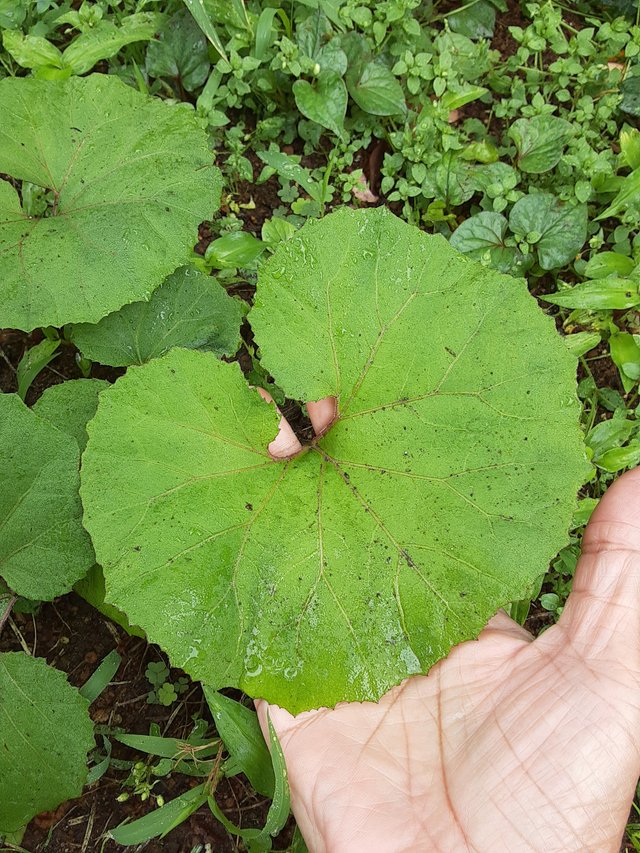
Petasites japonicus is a large, herbaceous perennial plant in the family Asteraceae. It is native to China, Japan, Korea, and Sakhalin, and has been introduced to Europe and North America. It is commonly known as butterbur, giant butterbur, great butterbur, and sweet coltsfoot.
Petasites japonicus is a rhizomatous plant that can grow up to 6 feet tall. It has large, heart-shaped leaves that are up to 18 inches wide. The flowers are white or yellow and are borne in dense clusters. The plant blooms in the spring.
The leaves and flower stalks of Petasites japonicus are edible. They are a popular vegetable in Japan, where they are known as fuki. The leaves are often stir-fried or boiled, and the flower stalks can be pickled or tempura-fried.
Petasites japonicus has also been used medicinally for centuries. It has been used to treat a variety of conditions, including asthma, bronchitis, and headaches. However, it is important to note that Petasites japonicus can be toxic if consumed in large quantities.
Ref.:
 |  |
Upvoted! Thank you for supporting witness @jswit.
Downvoting a post can decrease pending rewards and make it less visible. Common reasons:
Submit